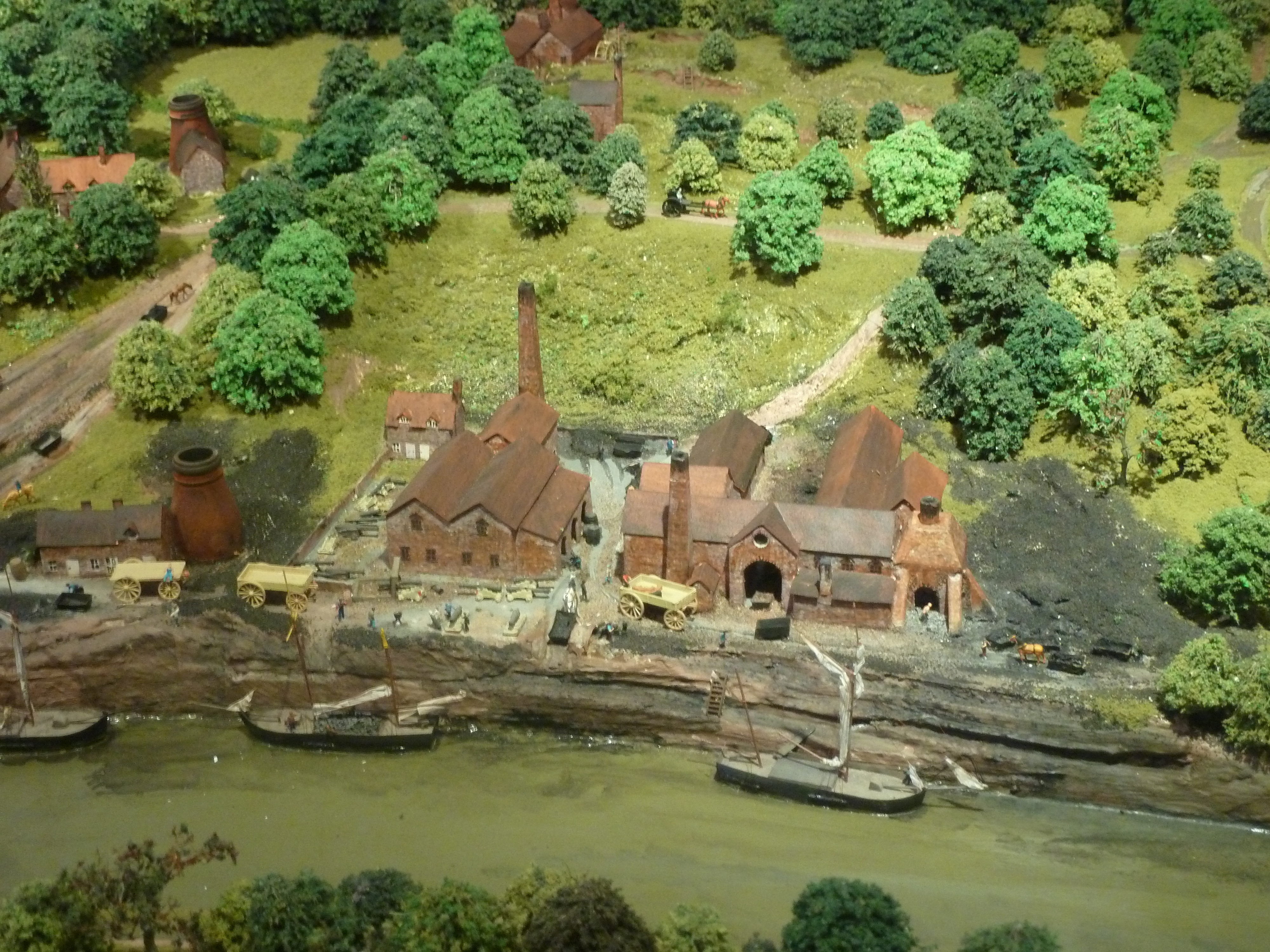|
The Werps, Jackfield, Shropshire
The lost village of Werps was one of a group of small settlements which later became collectively known as Jackfield in the Broseley Parish in Shropshire. The Werps lay on the south side of the river Severn, opposite the Old Coalport China Works (now a youth hostel) and records indicate either three or four public houses, although it is unclear as to whether any of their names are renames of the same building or whether re-built on the same site. Location The boundaries of The Werps are not well defined, but for the purposes of limiting information in this encyclopedia entry, the River Severn will be considered as its northern boundary, The Tuckies where Werpsfield met the land on which The Duke of Wellington public house once stood as its western boundary, Preens Eddy its eastern boundary and what was the GWR railway line (now The Severn Way footpath), its southern boundary. Pubs at The Werps The Werps Inn, later renamed The General Gordon Thomas Beard, a Broseley ... [...More Info...] [...Related Items...] OR: [Wikipedia] [Google] [Baidu] |
Jackfield
Jackfield is a village in Shropshire, England, lying on the south bank of River Severn in the Ironbridge Gorge, downstream from Ironbridge. Like many of the settlements in the area, it is notable for its place in the Industrial Revolution. History Jackfield grew as a river port for nearby Broseley and Benthall (which are situated high above the Severn) and is a notable part of the area's famous early industrial activity. The first railway in Shropshire and second in Great Britain was built here – by 1605, the lord of the manor of Broseley, James Clifford, had constructed a wooden railway (usually termed a wagonway) from his coal mines to the river at Jackfield. It has recently been suggested that this is older than the Wollaton Wagonway which is generally thought to be the earliest such wagonway. There was a pottery here from at least 1634 and corn mills existed along the stream that flowed into the river. The wooden railway also followed the route of this stream, which ... [...More Info...] [...Related Items...] OR: [Wikipedia] [Google] [Baidu] |

